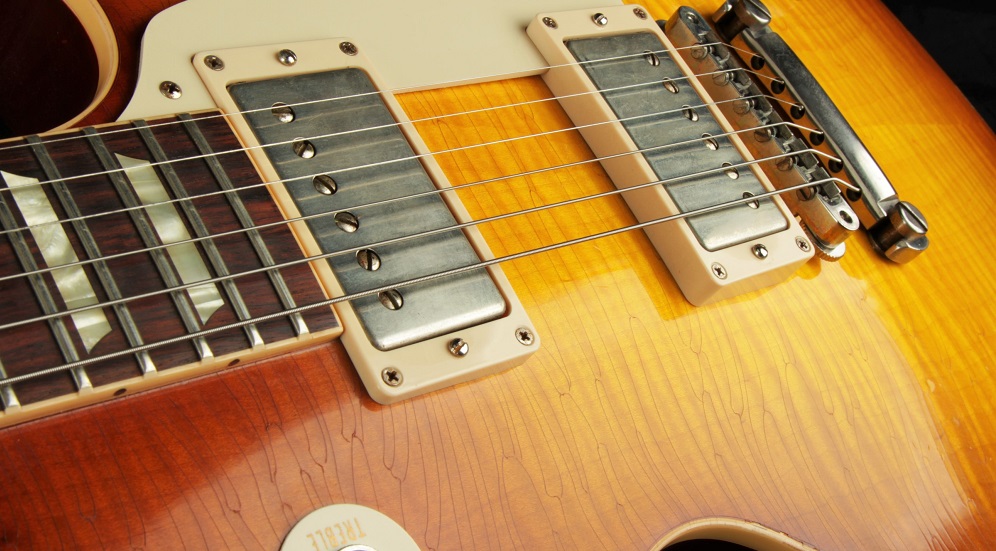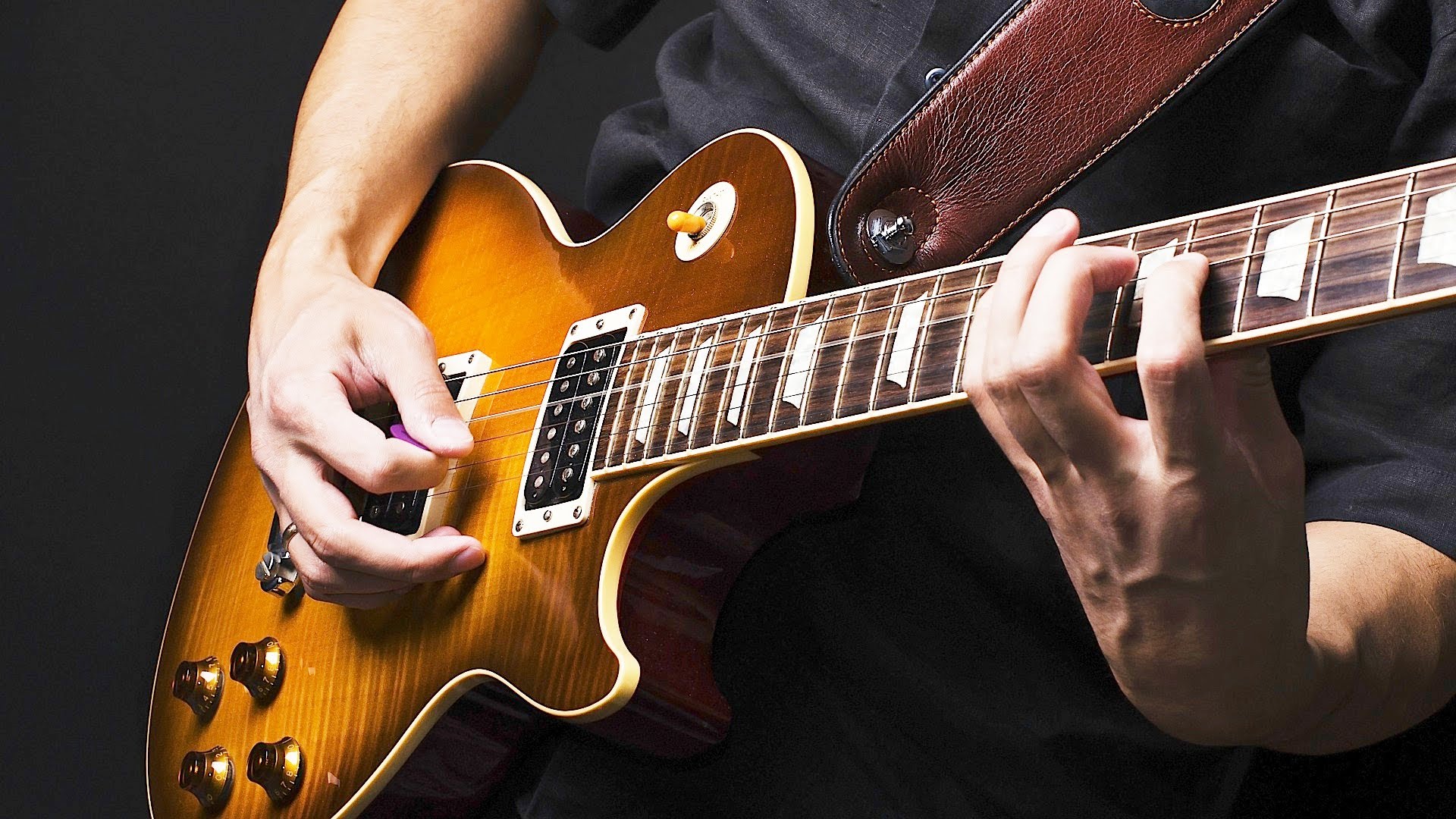Electronics
Electric Guitar String: The Complete Buying Guide
I remember breaking the guitar strings on my electric guitar for the first time and going online to buy new ones. I was baffled by the amount of choice I had, and being a relatively inexperienced player, making a decision was tougher than I actually thought it would be. After consulting my mate who at that point had been playing for a couple of years and went through dozens of strings, I learned things that I had no idea I’d ever need to know. So if you’re in the position I was years ago, you might be feeling the same way I did, clueless and helpless. But worry not, this is exactly what I’m going to talk about in this article and I hope I will help you out.
The guitar strings are of utmost importance for every aspiring guitarist. They’re even more so important for electric guitar players. The right electric guitar string will help your guitar play, sound, and feel better. On the other hand, the wrong electric guitar string will cause tuning and intonation problems. But how can you differentiate the good ones from the bad ones? There are a few aspects of electric guitar strings you should pay attention to in order to ensure you’re making the right purchase.

First and foremost, you need to consider the string gauges. This refers to how light or heavy (thick) the strings are, and it can be a huge difference maker in how your guitar sounds. If you ask an experienced player what their string gauge is, they’ll likely answer something along the lines of “I use 10s”, which basically means that the first string’s gauge is .010. Generally, the thicker the strings are, the greater the string tension will be, which means it will be a tad bit harder to fret and bend notes. Your choice will depend on several factors: your playing style, the sonics and the type of guitar you play. Typically, newer guitar players prefer lighter strings because they play easier.
Next, you should consider the string’s construction. There’s a metal core wire running through the middle of the string, which is affixed to a brass ferrule. Around it is another round wrap wire, which is basically the part where your fingers press against the fingerboard. The core of the string is made of steel, and there are windings around it to create a wound, large strings. There are two basic types of cores – hex and round. Hex cores are the most common type, and they provide you with a more consistent performance, a brighter sound, and stiffer tension. On the other hand, round cores offer a vintage-like, fatter tone that’s more flexible and balanced.
Speaking of windings, the most common electric guitar strings are roundwound. This means that you can feel the ridges on the outer wrap that’s around the core. Flatwound strings are the next most popular type, and they’re typically used by jazz players, as they produce a mellower, darker tone. Additionally, flatwound strings reduce the finger noise that is produced when changing notes, making them easier on your fingers.












